Revolutionary War fashion was a bit of an outlier when it comes to Western fashion trends. We see styles embraced during this time that are really only seen during the years shortly before the war. When the war ended in 1783, there was a rapid move to adopt French fashions and also to invite more ease of spending than there had been in the leadup to the war and during. Because it was such a short period of time in our country and because the fashions were so specific, I thought it might be fun to take a look at the standard women’s wardrobe of the Revolutionary War years.
There were two distinct “standard” wardrobes for women during these early years of America. The first was the clothing worn by what was perhaps the majority of women in the rural areas. These styles were plain, very inexpensive, and comfortable enough for women who were managing the family farms while the men were away fighting. There was a strong emphasis on thrift as a patriotic duty during these years and we see a return to more fashionable clothing even in the rural areas following the war.
The second wardrobe that we see in the Revolutionary War years are the more elaborate fashions worn by women in the cities, both because of large social functions not slowing down and because many of the prominent and wealthy men involved in establishing the union, lived in these areas. It was important to many of these people to maintain a galant appearance even in the worst of the war times. Even with that being said, this was not a diverse time for women’s fashion.
Underclothing
The underclothing of this time had two main players, the shift and the stay.
Shift: No matter what the outfit or occasion, a garment similar to a chemise or a full-length slip was worn underneath it all. A shift was made of cotton or linen and had the same purpose as a chemise, to protect the garments on top from contact with the body. Some shifts were short-sleeved and some were ¾ sleeved and would peek out from beneath the sleeves of the woman’s top depending on the outfit.
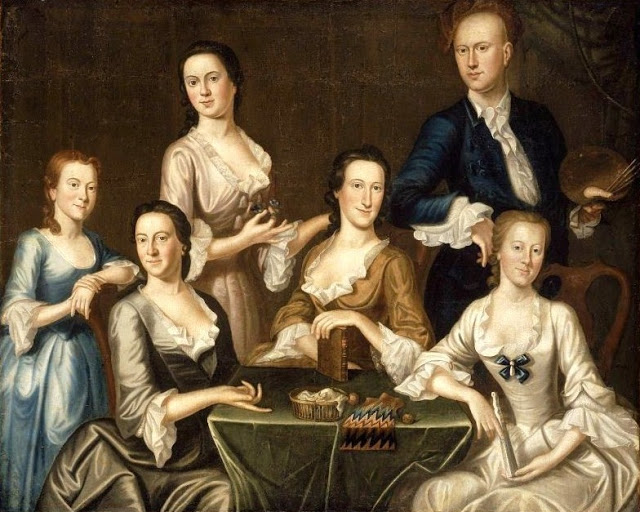
I am a bit unclear as to why the terminology changes from shift to chemise when referencing this undergarment worn during these years. I suspect that it is due to the desire for colonialists to embrace French fashions following the war.
Stays: You know I love me a good conversation about form shapers! The go-to for the late 1700s was the stay, a short undergarment with ties that was meant to promote posture more than a certain figure. They are also said to have been very comfortable to wear. The stay would have gone over the shift to provide a breathable, moveable palate for the rest of the day’s clothing.
Gowns
Rural women would have often worn a bedgown and petticoat during the day. A bedgown is a thigh-length top of sorts, tied in the back, and extending mid-thigh. It allowed for ease of movement and a lot of versatility. The bedgown was often low-cut and paired with a kerchief for modesty. Various petticoats, or what we might think of as “skirts” were worn beneath.
In the city, women would have often worn a bedgown, but of higher quality fabrics. They would have also worn a variety of dresses, referred to at the time as “gowns.”
Many readers will be familiar with the look of the colonial gown: a low-waisted bodice, typically meeting in the middle in a V-shape. This was met with a perfectly humped hip and a skirt that would reach to the ankles, hanging perfectly on top of two or three petticoats.
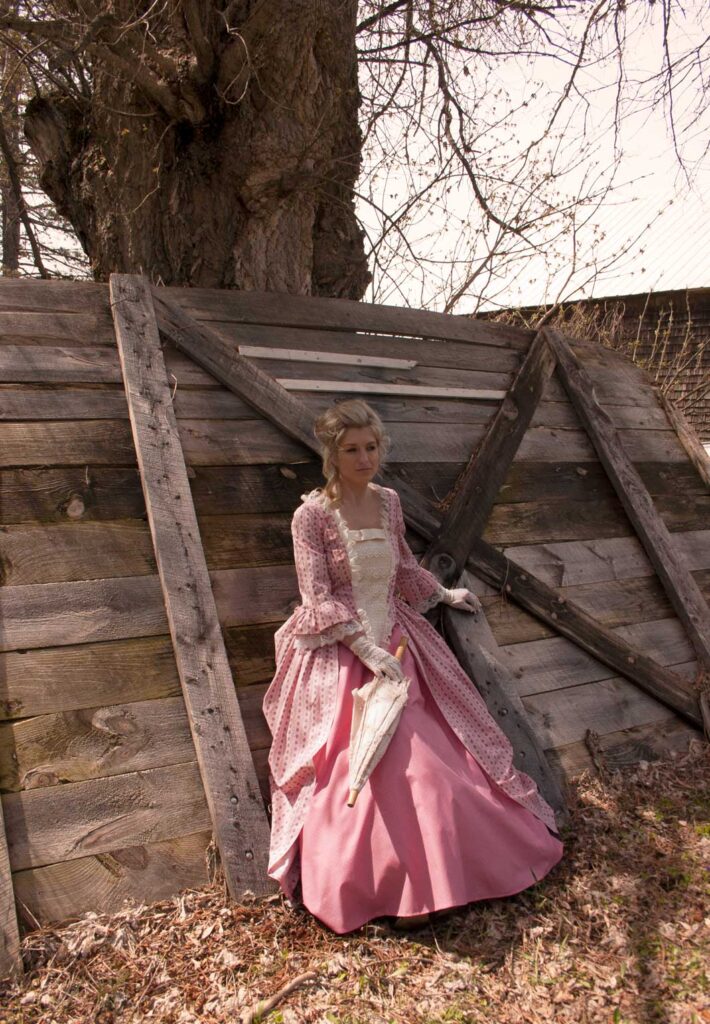
Some versions of the colonial gown were open in front, allowing said petticoats to become a main event for the ensemble. Though it may sound a bit risque to us, the exposed petticoat was seen as just a part of the overall gown and accompanied by two of three more underneath. Quilted petticoats trended during this time.
Such open-front gowns were often of the Polonaise style, with ties to adjust the length of the hem.
Pockets!
Something fun that I learned about the gowns and outfits of the colonial woman is that pockets played a large but oft-unrecognized role. However discredited they may be, however, they were an important part of a woman’s wardrobe in a time when carrying a handbag of any sort would have raised eyebrows.
During the Revolutionary War, pockets were, in my eyes, enormous. And why isn’t this ringing a bell for you? The pockets were worn around the waist, underneath clothing. My first thought was that it must have been awkward for women to only access the items when in private, but in fact petticoats and gowns were designed with discrete slits to allow access to the pockets. How cool is that?
To see how these pockets worked, check out this great video with a Revolutionary War reenactor: Women’s Clothing and Duties During the Revolutionary War.
What do you think women carried with them during the day during the Revolutionary War?
Aprons
One of my favorite things about Revolutionary War fashion history is that women of all classes wore aprons on a daily basis. Although it doesn’t seem to us to add much modesty to an outfit, it was considered the proper thing to do. I also suspect that an apron may have come in handy for preserving clothing during quite uncertain times. From what I can tell, aprons were quite expected during the day, but not often worn in social situations and never at night.
Shoes

If you close your eyes and picture Revolutionary War footwear, it would likely be quite accurate. Because a lot of travel took place on foot and because rations and supplies were scarce during the war, low-heeled, sturdy, chunky, leather shoes were highly favored and highly standard. Shoes were kept at ankle height or lower.
For social evening events, women in the cities would have worn a similar style, but perhaps in varied colors and with a pointed toe.
Hats
Let’s talk about hats! While the fashions of the Revolutionary War were unique to this time, hats remained a constant. One thing that did not remain constant was the great variety that we see before and after. This period of American fashion history saw two primary styles of hats for women.
Caps
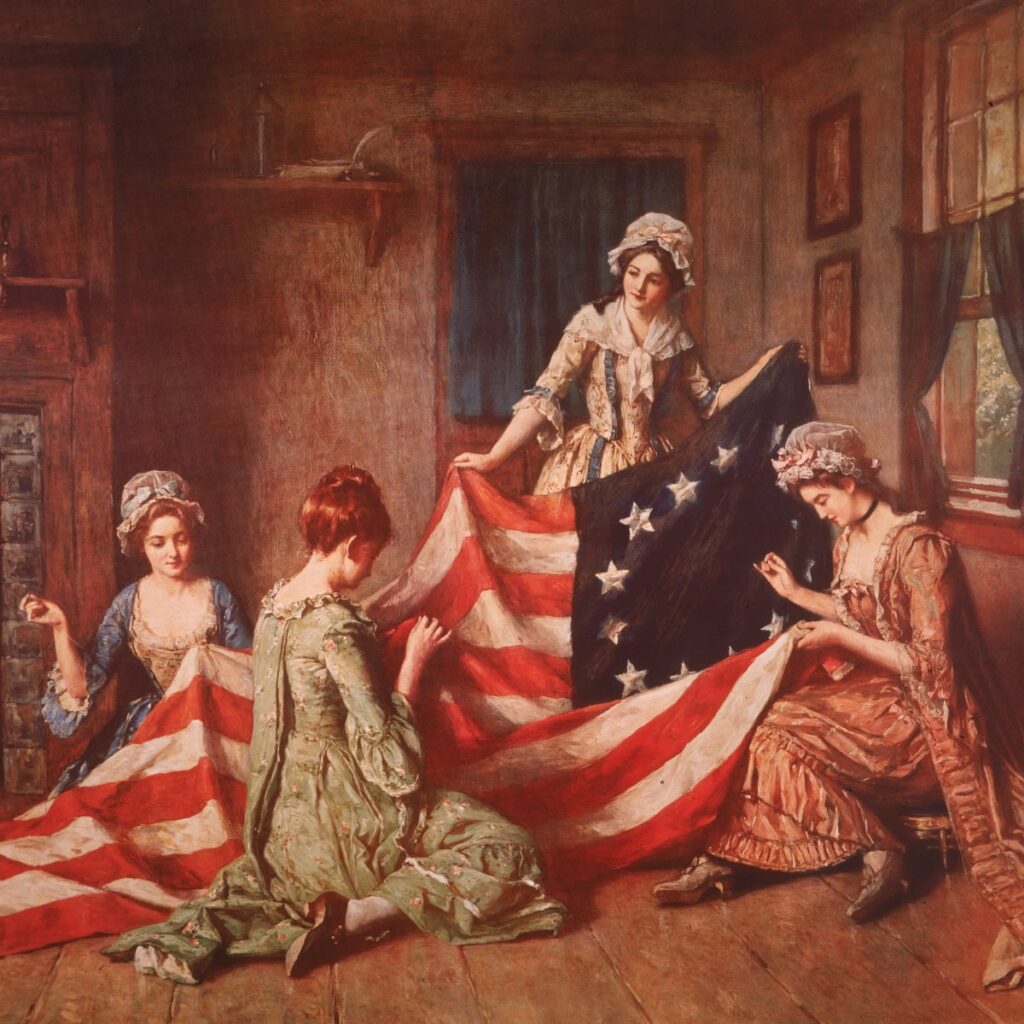
The cap was the standard head covering worn during this time. It was often made of three pieces of fabric and meant to be worn quite close to the head.
And have you heard that the “mob cap,” tied in front was used during the Revolutionary War years? While it may make for a great costume, it’s not entirely historically accurate. Says the reenactment association The Lexington Minute Men:
“Women in the 18th century (except in very rare instances) always covered their head. Any woman in camp should have a cap on at all times. These must be made from white linen only and entirely hand sewn. There are many styles that are accurate, but the most common style is three-pieces with a separate band of fabric that attaches the ruffle to the caul of the cap. The circular, drawstring “mob caps” are not accurate and should not be used. The cap should be large enough to cover most of your head but not so large that it swallows your face.”
Semi-wide brimmed hat
More chic and slightly less ubiquitous was the wide-brimmed, low-crowned hat that was fashionable in other parts of the Western world. Such hats were often imported and would have been worn for daytime social gatherings by wealthy women.

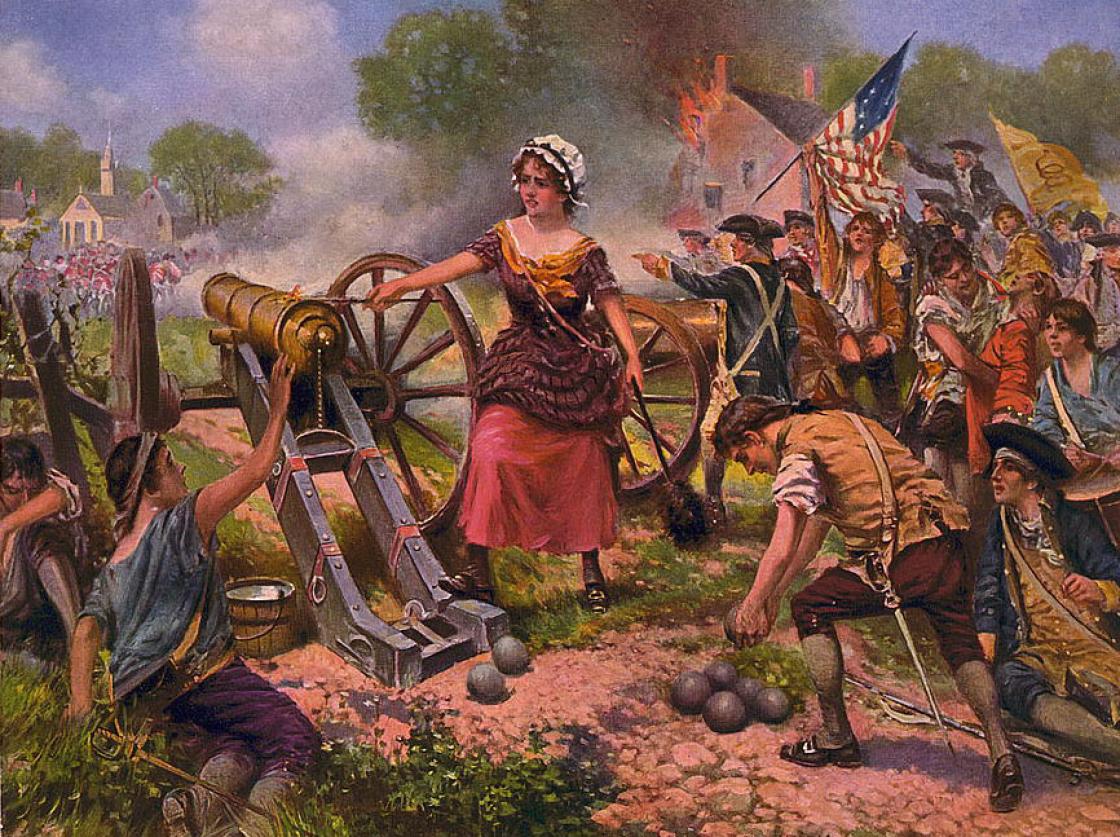


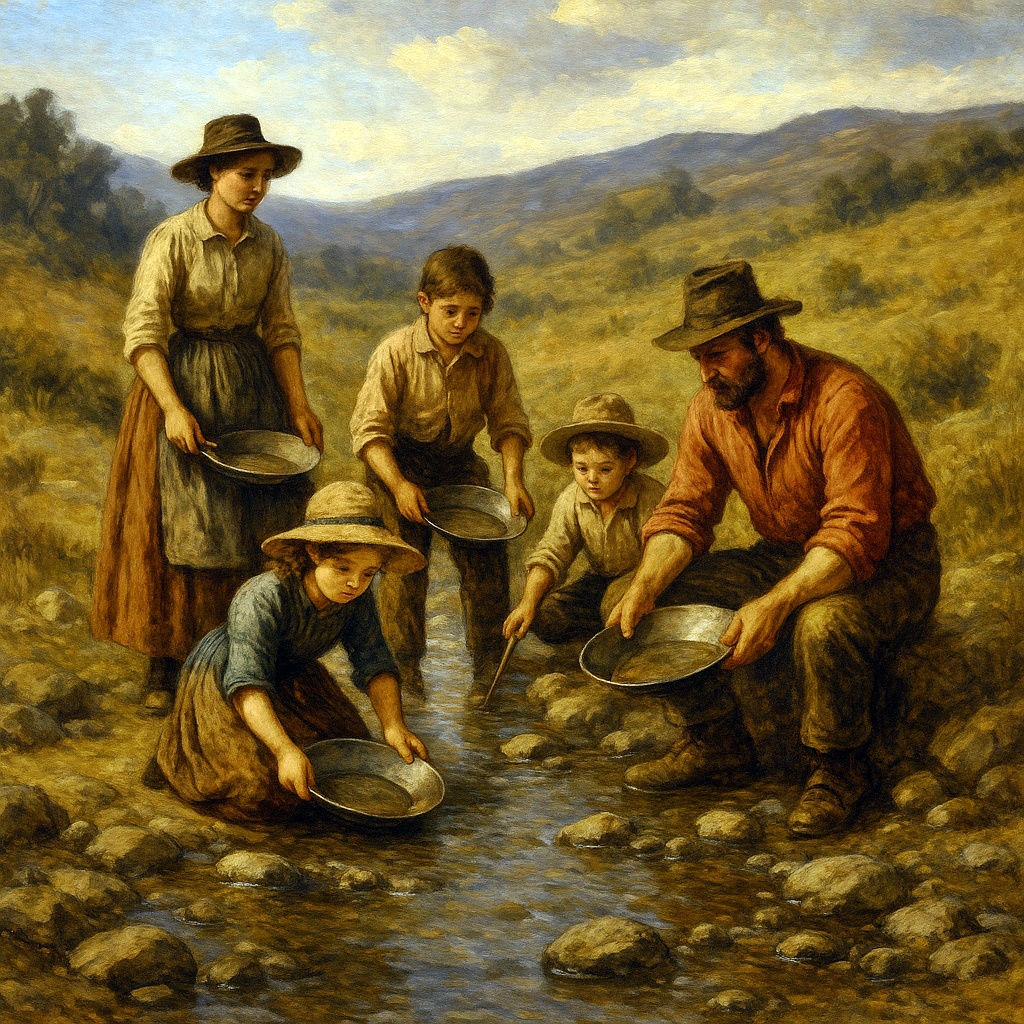
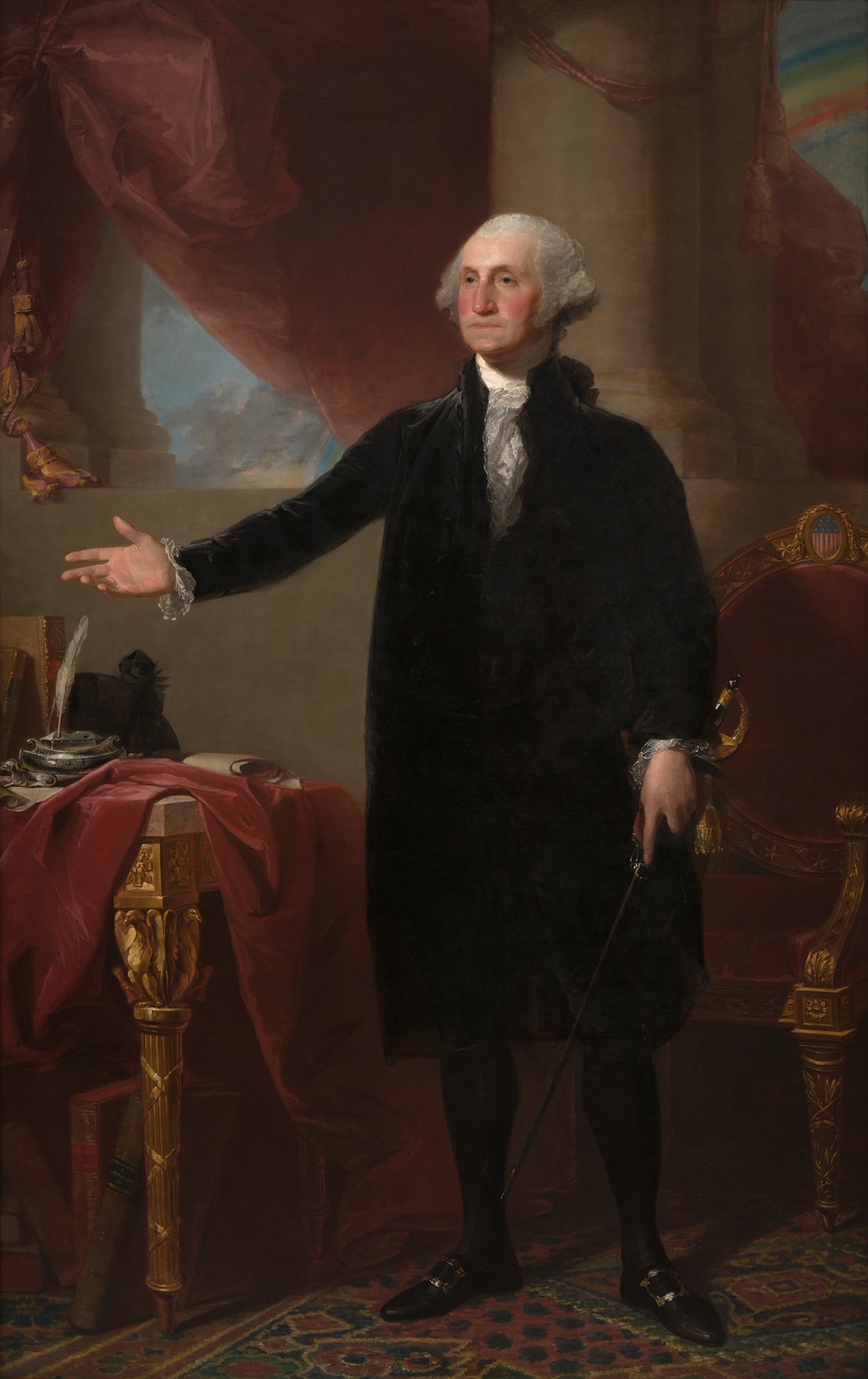






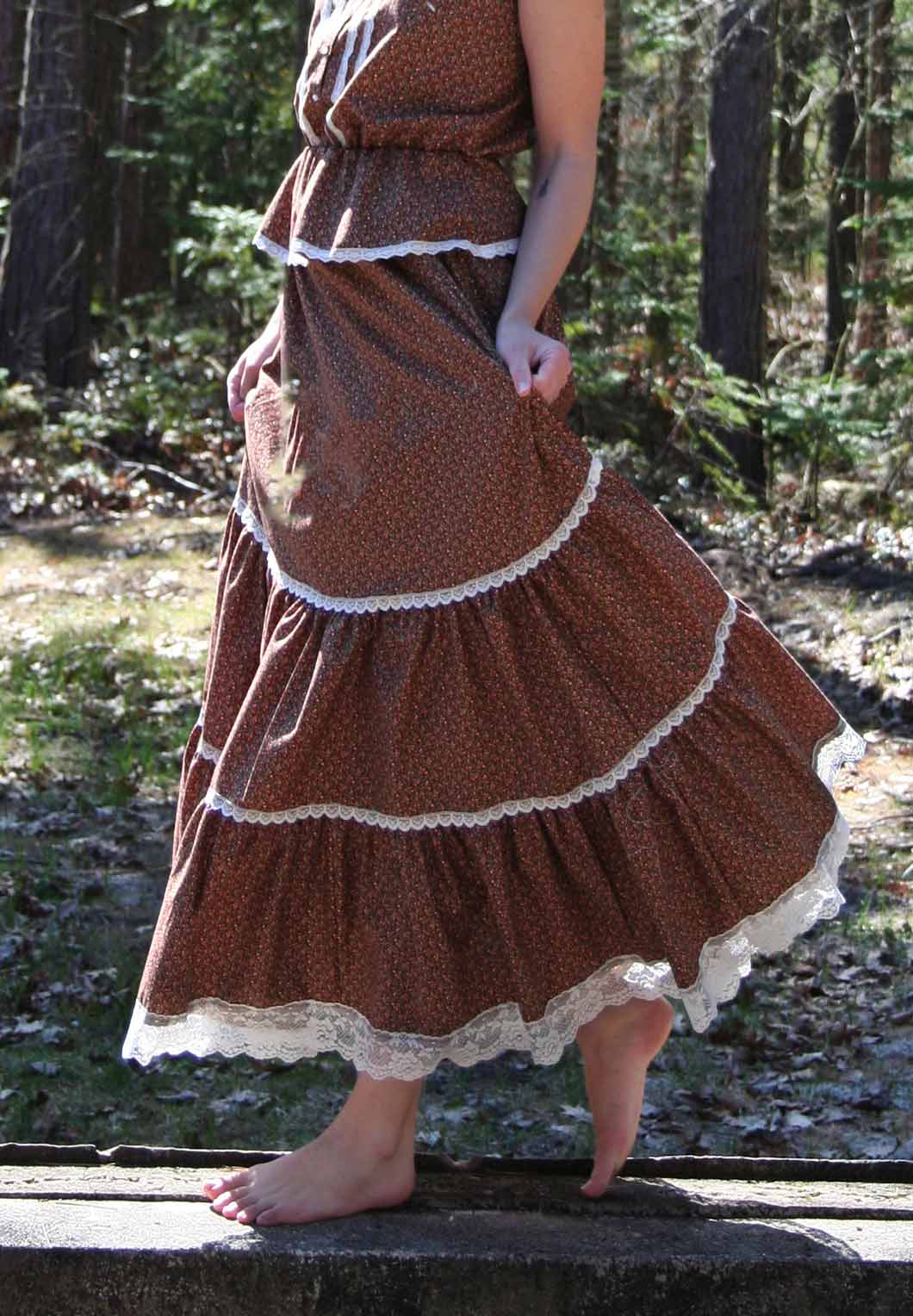
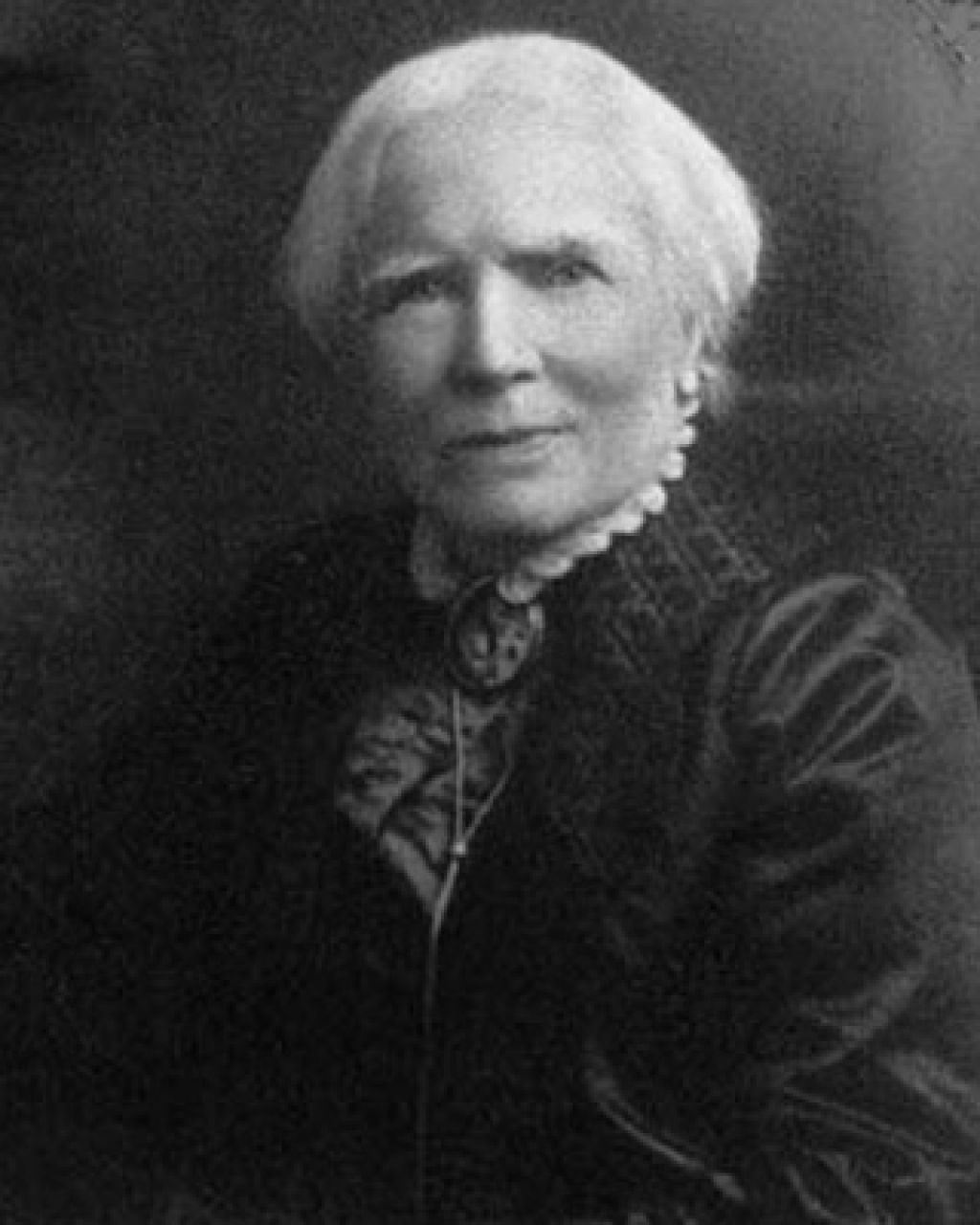
Leave A Comment